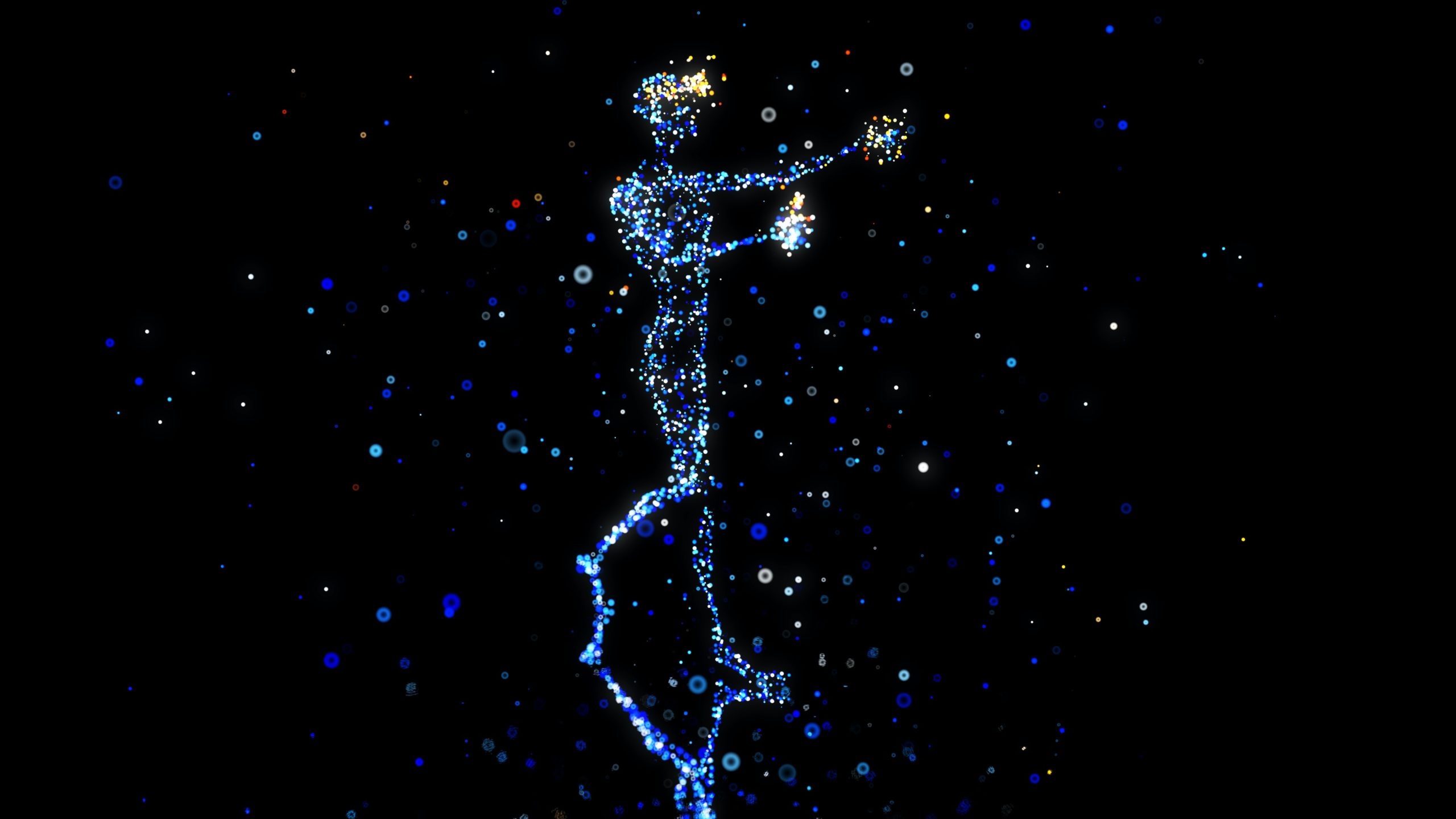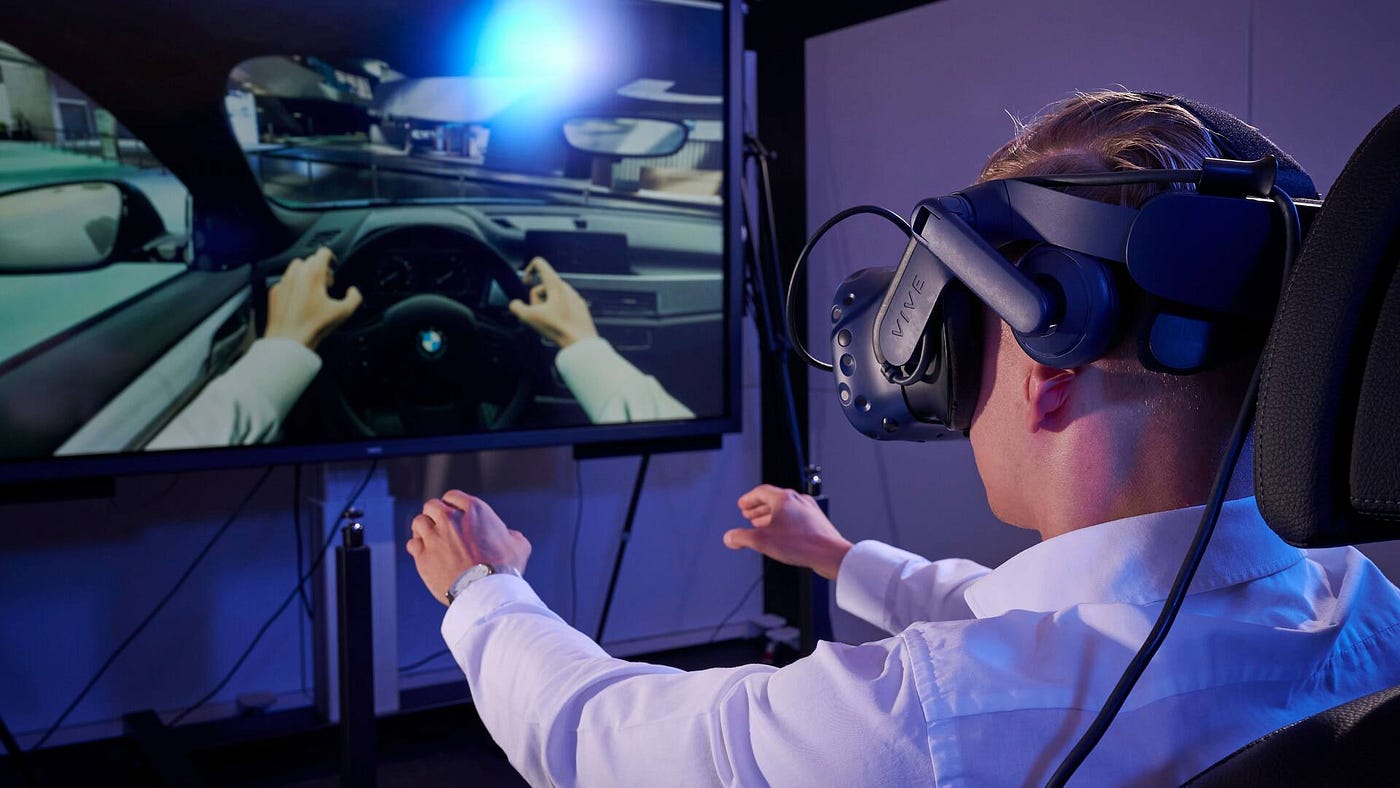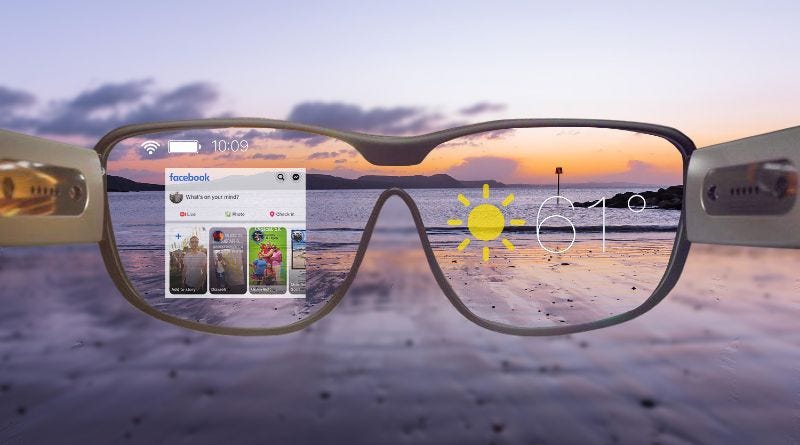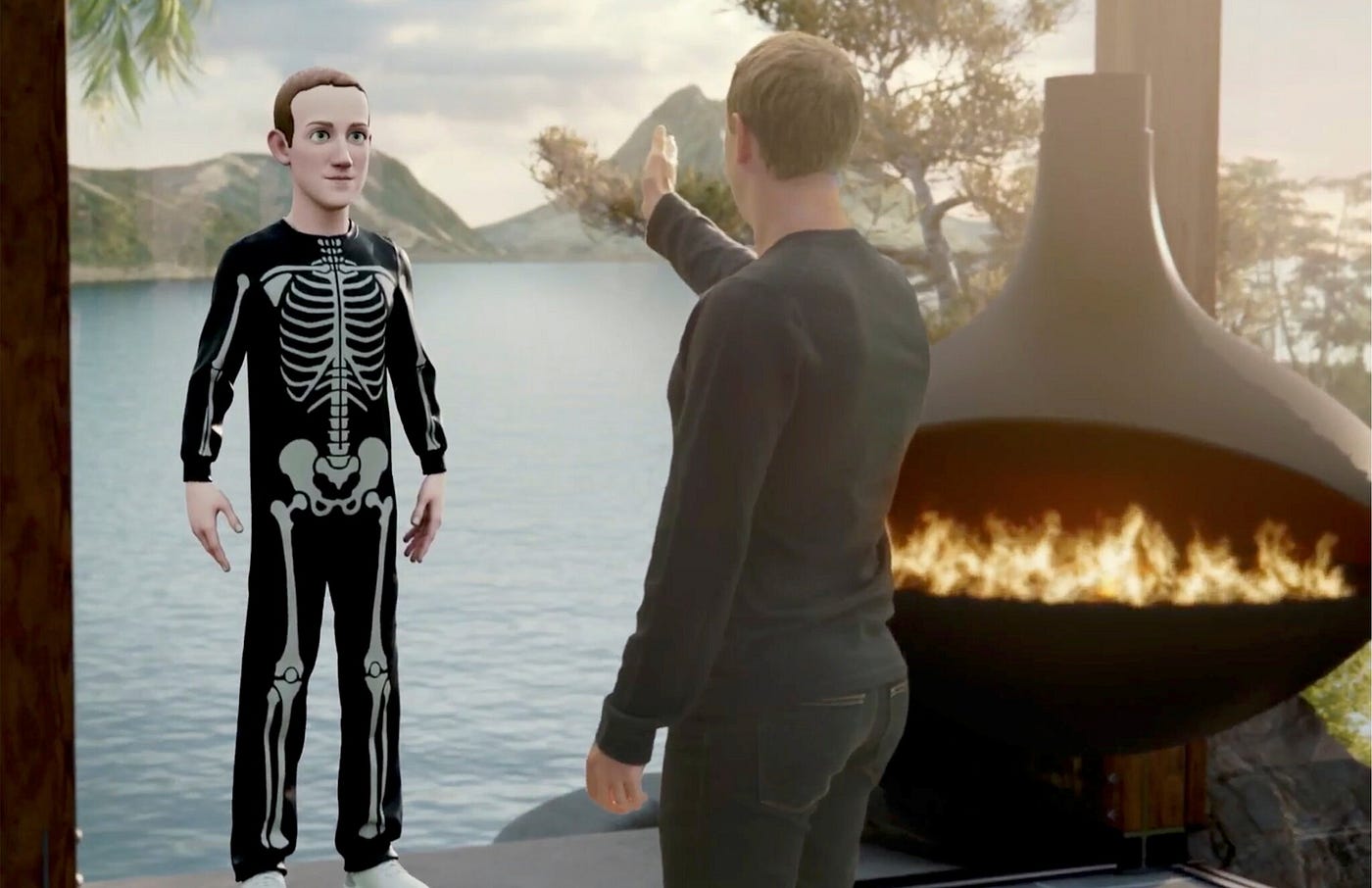The Metaverse: The Next Phase of Digital Transformation
Still struggling to understand it? Here's a crash course on the tech world's newest craze and the supposed future of the internet from Amos Ndungo, a Software Engineering talent in The ROOM.

Catching up on technological innovation can be challenging, even for tech junkies like me. One day you wake up and find NFTs, Web3, Avatars and Quantum Computing trending all at the same time.
Lately, one of the hottest topics on everyone’s lips has been the Metaverse, especially since Facebook founder Mark Zuckerberg announced the company’s plans to spend over $10 billion on metaverse projects in 2021, rebranding to Meta to accommodate its product expansion and future aspirations.
What makes this topic all the more confusing is that everyone seems to be in the know when they talk about this new buzzword. I’ll be honest, at this point, I am almost as confused as some of you. So let’s walk this journey to enlightenment together, shall we?
Metaverse: The Inception

Photo by Sandip Kalal on Unsplash
The word “metaverse’’ is a combination of “meta” — the Greek word for “beyond” — and “universe”. Simply put, it is a digital world that allows users to go beyond the confines of the natural world to work, play, shop and interact through various technologies. Though it does not technically exist yet, by its ability to provide a 3D virtual experience of the real or a simulated world, it is believed to be the future of the internet.
Like most innovations of the recent past, the metaverse is a result of the “separation of humanity” ushered in during the COVID-19 pandemic. Zuckerberg, in his talk on the metaverse, stated that Meta is designed to address our disconnect from the type of social relationships that lighten up workplaces and make communities thrive. This idea of bringing people together has been his mission ever since he created Facebook in 2004. His current solution to this separation problem is to create virtual environments that allow us to interact with each other using Augmented Reality, Virtual Reality and Avatars that represent our physical bodies. I’ve thrown in some technical terminology here, so allow me to explain them.
The Technologies Behind The Metaverse
Photo by James Yarema on Unsplash
To simulate a virtual universe, we need to see and sometimes feel the people, environments, movements and objects that make up that world, just like we can in the natural world.
Here are some of the basic technologies that are used to make the metaverse mimic reality:
Augmented Reality (AR)
A technology that allows us to modify the real-world environment through the use of digital projections. For example, if you want to buy a new sofa for your apartment, but you’re not sure how it will fit into your space, AR technology can be useful. Using your phone, you can get a visual representation of the look and placement without having to actually buy and return the product.
Virtual Reality (VR)

Phot by BMW
Going in the opposite direction, virtual reality is using technology to generate a simulation of an idea that you might have in your mind. VR is strictly computer-generated and is not part of the physical world. (I’m not sure if the movie The Matrix is AR or VR — share your opinion in the comments below — but this Tom & Jerry video is a good example of VR in action. Drag your cursor across the screen or use the arrow keys at the top left to see how it works.)
Smart glasses

Photo by ArtLabs
This is wearable technology designed to serve the most tech savvy. Acting like smartphones or computers, smart glasses can provide hands-free access to the information we see on the screens of digital devices and can also be used in conjunction with AR to perform different functions.
Avatars

Photo by NY Times
These are the digital representations of ourselves in the metaverse, i.e. what people in the metaverse look like.
Example applications:
- Artists can showcase virtual artworks to users in various parts of the world through AR and smart glasses. This means you can view an art exhibition in Paris from Timbuktu.
- Musical artists, on the other hand, can utilise VR to host concerts in the metaverse and have people from all over the world attend. Check out what Tomorrowland did!
Other Stakeholders
Though Meta is currently dominating conversations about the metaverse, it’s not the first or only company to be operating in this space. There are other products and organisations involved.
- Mesh for Microsoft teams: A Microsoft metaverse project designed to enhance collaboration among teammates within and across organisations.
- Xbox gaming integrations by Microsoft
- Roblox 3D gaming experience designed to connect people across the world
- Unity 3D creates tools to help developers design for film, gaming, architecture and manufacturing.
There are many other companies in the immersive technology ecosystem whose efforts in building the metaverse date back to the 1950s. If the developments we’ve made thus far are anything to go by, it’s evident that through technology, creative minds can come together to create something beautiful. The future is indeed promising.
To infinity and beyond!
The ROOM is home to a lifelong, highly specialised community of skilled and early-stage talent that will power the future. We connect businesses of all sizes with our pool of top talent across the globe. By tapping into our community of Software Engineers, Cloud Developers, Data Analysts, Financial Analysts, and Virtual Assistants, we seek to help companies thrive in the new world of work.
Amos Njagi Ndungo is a Flutter and Python Engineer with The ROOM’s talent community. Apart from his passion for application documentation and Quantum Computing, Amos’ interests also lie in creative storytelling. Find his content here.
